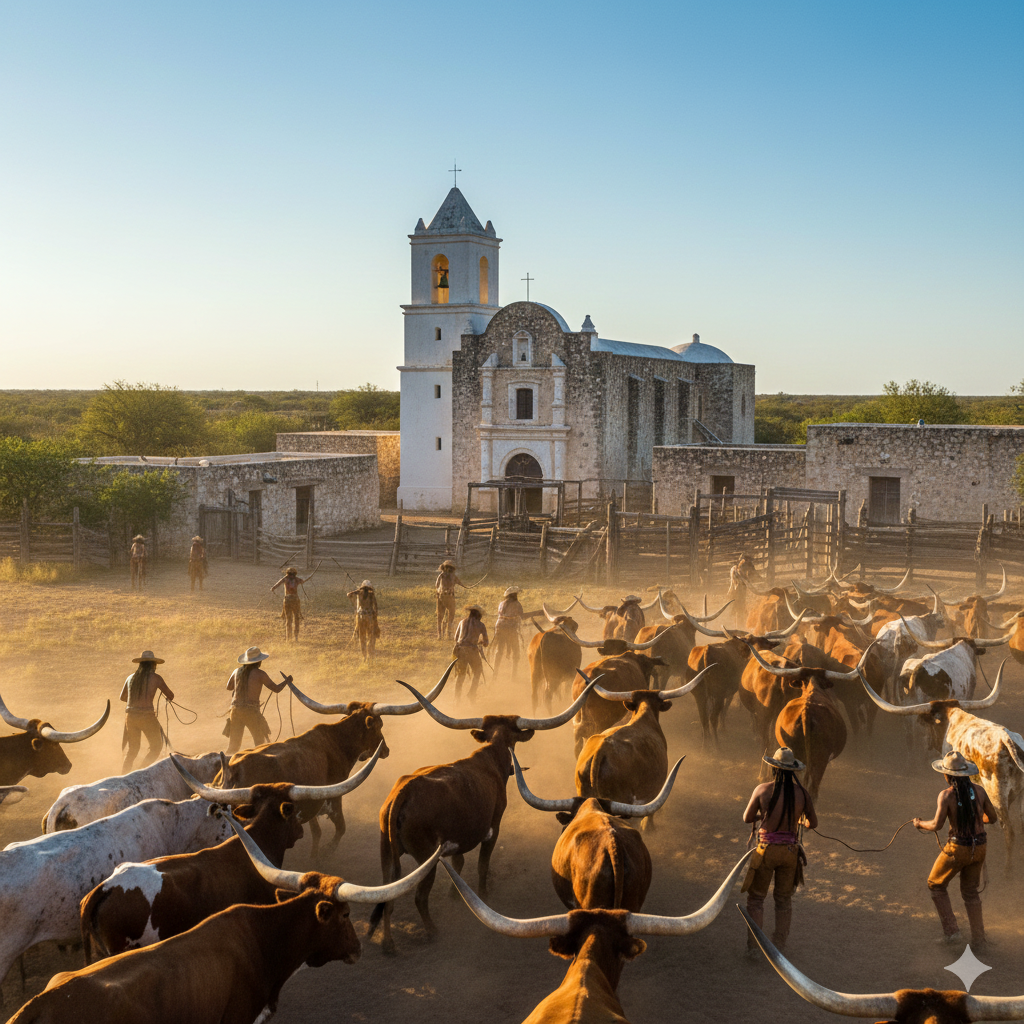Essential Ingredients Guide to Mexican Cuisine: Building an Authentic Mexican Pantry
Mexican cuisine stands as one of the world’s most vibrant and nutritionally complete food traditions, built upon a foundation of indigenous ingredients that have sustained communities for thousands of years. From the ancient trinity of corn, beans, and chiles to the diverse array of herbs, vegetables, and spices that define regional flavors, understanding these staples unlocks the door to authentic Mexican cooking and sheds light on a culinary heritage recognized by UNESCO as an Intangible Cultural Heritage of Humanity.
The key to mastering Mexican cuisine lies not in exotic or expensive items but in understanding how fundamental staples work together to create complex, balanced flavors that satisfy both palate and nutritional needs. These time-tested ingredients offer remarkable health benefits while forming the backbone of countless traditional dishes that have nourished generations of Mexican families.
Corn serves as the cornerstone of Mexican cuisine, representing far more than a simple ingredient; it is a cultural and nutritional pillar that has shaped civilizations for over nine millennia. When transformed through nixtamalization—an ancient process of treating kernels with lime—corn becomes masa, the base for tortillas, tamales, and many other essentials.
Health benefits of corn
- Nixtamalized corn increases bioavailable niacin dramatically and adds significant calcium, making masa-based foods excellent nutrient sources. This ancient process, which dates back over 3,500 years, forms the foundation of Mexican cuisine explored in our history of the taco page.
- Fresh corn provides complex carbohydrates for sustained energy, fiber for digestive health, and antioxidants such as lutein and zeaxanthin that support eye health.
Corn can be very healthy
Uses of corn in Mexican cooking
- Fresh kernels enhance salads, salsas, and esquites (street corn cups).
- Masa harina becomes tortillas, tamales, sopes, gorditas, and atole beverages.
- Hominy forms the heart of pozole, a beloved ancestral soup.
- Corn tortillas transform into chips, tostadas, enchiladas, and crispy garnishes.
THE PROTEIN POWERHOUSE: BEANS
Beans are Mexico’s foremost plant-based protein, making a perfect nutritional pairing with corn. Black beans, pinto beans, and numerous heirloom varieties ensure complete amino acids, minerals, and fiber.
Health benefits of beans
- One cup of cooked black beans delivers roughly 15 g each of protein and fiber, supporting digestive health, blood-sugar regulation, and cholesterol management.
- Beans are rich in iron, folate, magnesium, and antioxidant compounds that reduce inflammation and help prevent heart disease and certain cancers.
Uses of beans in Mexican cooking
- Frijoles de la olla (whole pot beans) accompany almost every meal.
- Refried beans (frijoles refritos) create creamy spreads for tacos, tortas, and breakfast plates.
- Whole beans enrich soups, rice dishes, and salads.
- Bean purées serve as fillings for tlacoyos and molletes or as bases for dips.
- Bean flours boost protein in contemporary breads and tortillas.
THE SOUL OF MEXICAN FLAVOR: CHILES
With over sixty cultivated varieties, chiles impart heat, aroma, color, and depth to Mexican dishes. Their range—from mild poblanos to fiery habaneros—allows cooks to layer nuanced flavors rather than merely add spice. The culinary mastery of chiles was historically demonstrated by the Chili Queens of San Antonio, who introduced Americans to complex Mexican Chile preparations.
Health benefits of chiles
- Capsaicin boosts metabolism, offers pain relief, and supports cardiovascular health.
- Fresh chiles provide exceptional vitamin C; dried chiles concentrate vitamins A and K plus potent antioxidants.
Uses of chiles in Mexican cooking
- Fresh jalapeños, serranos, and poblanos brighten salsas, marinades, escabeches, and stuffed dishes.
- Dried anchos lend sweet, raisin-like notes, guajillos add tangy brightness, pasillas contribute earthy complexity, and chipotles supply smoky depth to moles, adobos, and stews.
- Pickled chiles garnish tacos and tortas, while chile powders season fruits, snacks, and beverages.
A variety of Mexican chiles
THE VERSATILE FRUIT: AVOCADOS
Native to Mexico, avocados add luxurious texture and essential nutrients.
Health benefits of avocados
- Rich in heart-healthy monounsaturated fats, fiber, potassium, and vitamins E and K.
- Healthy fats enhance absorption of fat-soluble vitamins from other foods and support brain function.
Uses of avocado in Mexican cooking
- Guacamole combines mashed avocado with lime, onions, cilantro, and chiles.
- Sliced or diced avocado tops tacos, tortas, soups, and salads.
- Avocado leaves impart subtle anise notes in stews such as barbacoa or mixiotes.
- Avocado oil, with a high smoke point, is ideal for sautéing and searing.
SUPERFOOD: THE AVOCADO
THE TANGY GREEN: TOMATILLOS
Encased in papery husks, tomatillos bring vibrant acidity that balances rich or spicy flavors.
Health benefits of tomatillos
- Provide vitamins C and K, flavonoids, and phenolic acids with anti-inflammatory properties.
- Natural acidity aids digestion and extends the shelf life of salsas.
Uses of tomatillo in Mexican cooking
- Salsa verde blends roasted or raw tomatillos with chiles, onions, garlic, and cilantro.
- Cooked tomatillo sauces top enchiladas verdes, chilaquiles, and grilled meats.
- Tomatillo-avocado salsa marries tangy and creamy elements for versatile dipping.
ESSENTIAL MEXICAN HERBS
Cilantro delivers fresh citrus notes to nearly every salsa, soup, and taco. Its stems intensify cooked dishes while leaves finish them.
Mexican oregano differs from Mediterranean oregano, offering bright, floral, slightly licorice flavors ideal for pozole, beans, and marinades. Like many traditional ingredients, oregano represents the cultural heritage that Frida Kahlo celebrated in her art and life.
Epazote contributes pungent, herbal complexity to beans and quesadillas while traditionally reducing bean-related discomfort.
Mexican Herbs
IMPORTANT MEXICAN SPICES
Cumin seeds, toasted and freshly ground, give earthy warmth to stews and adobos.
Mexican cinnamon (true Ceylon) is sweeter and more delicate than common cassia, enhancing moles, chocolate drinks, horchata, and desserts. Text continues after popular blog posts section below.
Popular Blog Posts:
Achiote seeds, ground into pastes or marinades, color Yucatecan dishes such as cochinita pibil with their deep red hue and subtle earthy taste. This distinctive spice is also essential in creating the signature marinade for al pastor tacos.
INDIGENOUS MEXICAN VEGETABLES
Nopales (cactus pads) add tangy flavor and a pleasantly crisp-yet-succulent texture to salads, scrambled eggs, and stews, while supplying fiber, calcium, and antioxidants.
Chayote squash offers mild, crunchy flesh for soups, sautés, and salads, bringing vitamin C and folate.
Jicama, a juicy root, lends refreshing crunch in fruit cups and slaws, delivering prebiotic fiber and vitamin C.
TRADITIONAL MEXICAN PANTRY ESSENTIALS
Dried chiles (ancho, guajillo, chipotle, pasilla, árbol) form the base of diverse sauces.
Whole spices such as cumin, coriander, allspice, cloves, and black peppercorns keep longer and toast well for fresh grinding.
Masa harina, dried beans, coarse sea salt, Mexican crema, cotija cheese, piloncillo (unrefined cane sugar), and fresh limes round out everyday cooking needs.
Let’s not forget chocolate and its remarkable rise in the world! In this post, we explain what you need to know including some of its health benefits.
HEALTH BENEFITS OF TRADITIONAL INGREDIENTS
Anti-inflammatory power comes from chile capsaicin, tomato lycopene, tomatillo flavonoids, and herb essential oils.
Cardiovascular support arises via bean fiber that lowers cholesterol, avocado fats that improve lipid profiles, and magnesium-rich corn that helps regulate blood pressure.
Digestive health flourishes through high fiber in beans, corn, nopales, and jicama plus the gut-friendly effects of fermented staples like tepache and pulque.
QUICK REFERENCE GLOSSARY
Essential dried chiles – ancho (sweet mild), guajillo (bright medium), chipotle (smoky hot), pasilla (earthy mild), árbol (fiery).
Fresh chiles – jalapeño (medium), serrano (hot), poblano (mild), habanero (very hot).
Herbs – cilantro (fresh citrus), Mexican oregano (floral citrus-licorice), epazote (pungent herbal).
Key spices – cumin (earthy), Mexican cinnamon (sweet delicate), achiote (earthy red color).
Fundamental vegetables – tomatillos (tart), tomatoes (sweet), onions (aromatic), garlic (pungent).
Protein sources – black beans (creamy), pinto beans (versatile), avocados (rich).
Staples – masa harina, dried beans, lime juice, Mexican crema, cotija cheese.
FREQUENTLY ASKED QUESTIONS
What are the most essential ingredients for a Mexican pantry?
Start with masa harina, dried black or pinto beans, a selection of dried chiles, fresh limes, onions, garlic, cilantro, cumin, Mexican oregano, and tomatoes. These core items enable dozens of authentic dishes.
How do I store dried chiles properly?
Place them in airtight containers kept cool and dark. They maintain quality for up to two years. Avoid moisture and direct light, which dull flavor and encourage mold.
What distinguishes Mexican oregano from regular oregano?
Mexican oregano belongs to a different botanical family and tastes brighter, more citrusy, and slightly anise-like, pairing naturally with chiles. Mediterranean oregano is earthier and less floral.
Are these traditional ingredients healthy?
Yes. The traditional Mexican diet emphasizes whole grains, legumes, vegetables, and healthy fats, offering abundant fiber, antioxidants, and essential nutrients while limiting processed foods.
How can I reduce heat in chile-based dishes?
Remove seeds and inner veins, choose milder varieties, add dairy such as crema or cheese, or include sweet elements like roasted onions or tomatoes to temper spice.
What is the best method for preparing dried chiles?
Toast each chile briefly in a dry pan until fragrant, then soak in hot water for about 20 minutes. Remove stems and seeds, blend with a bit of soaking liquid, and strain if a smoother sauce is desired.
Can I substitute ingredients?
Minor swaps can work, but core flavors depend on authentic items—Mexican oregano, true cinnamon, and specific chile varieties yield classic results. For genuine taste, source traditional ingredients when possible.
How do I choose ripe avocados?
Gently press near the stem end; ripe avocados yield slightly but remain firm. The skin typically darkens with ripening and feels heavy for its size.
What is the simplest way to cook beans authentically?
Soak overnight, rinse, then simmer with onion, garlic, and epazote until tender. Salt toward the end to avoid tough skins. For extra flavor, add a little lard or olive oil.
How long do dried herbs and spices stay fresh?
Whole spices keep peak potency for one to two years when stored airtight away from light and heat; ground spices are best replaced yearly. Dried herbs retain flavor for up to a year.
By stocking these essential Mexican ingredients and understanding their uses, home cooks can recreate the depth, vibrancy, and nutritional richness that define this timeless cuisine. From the harmonious pairing of corn and beans to the dazzling spectrum of chiles and beloved herbs like cilantro and epazote, each component contributes its own story and health benefit, ensuring Mexican food remains both satisfying and wholesome for generations to come.











